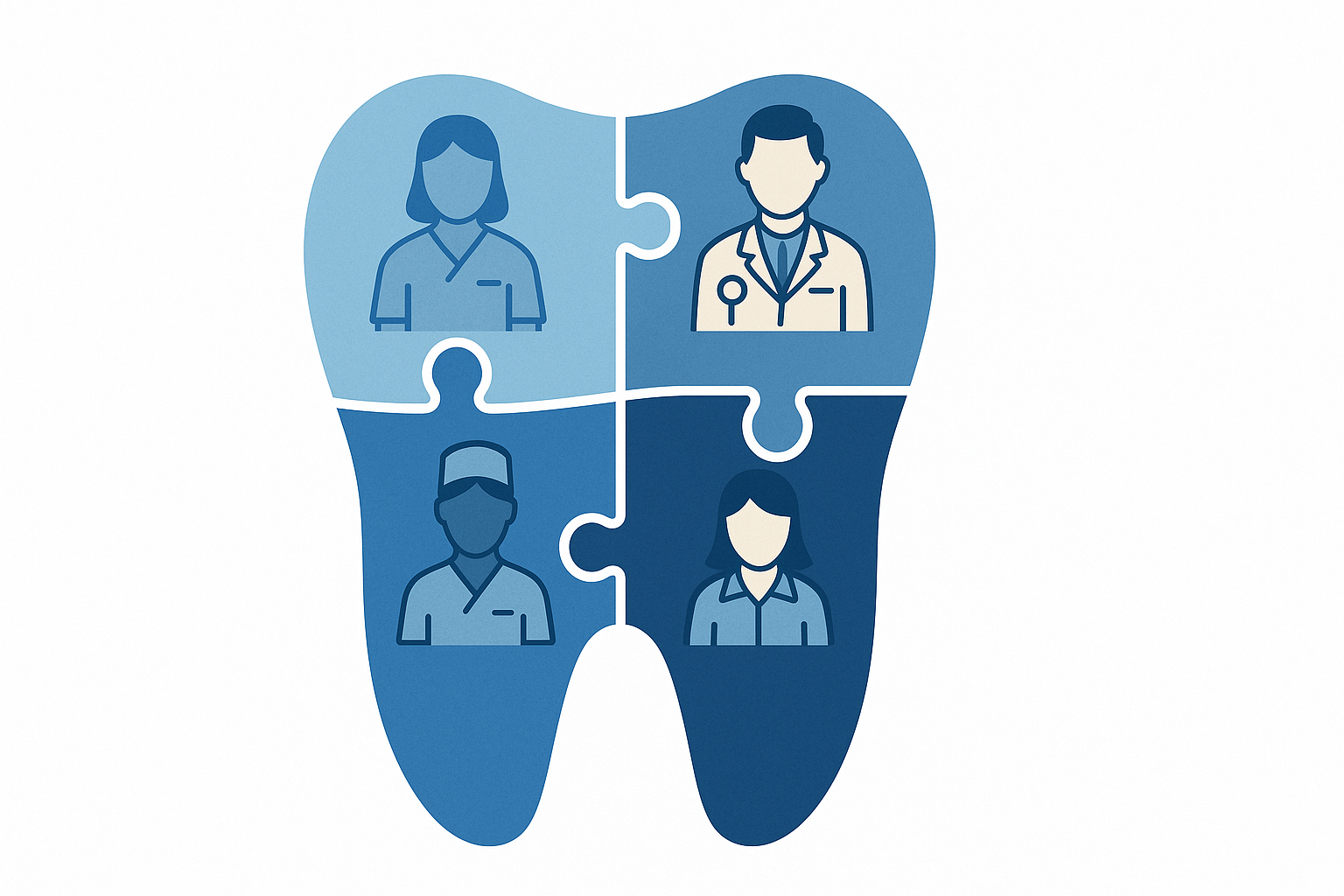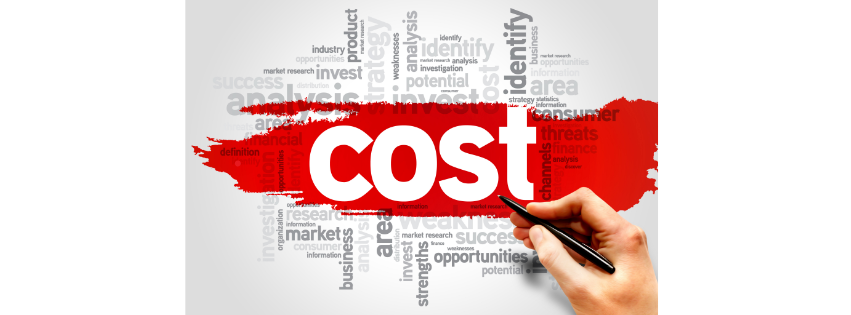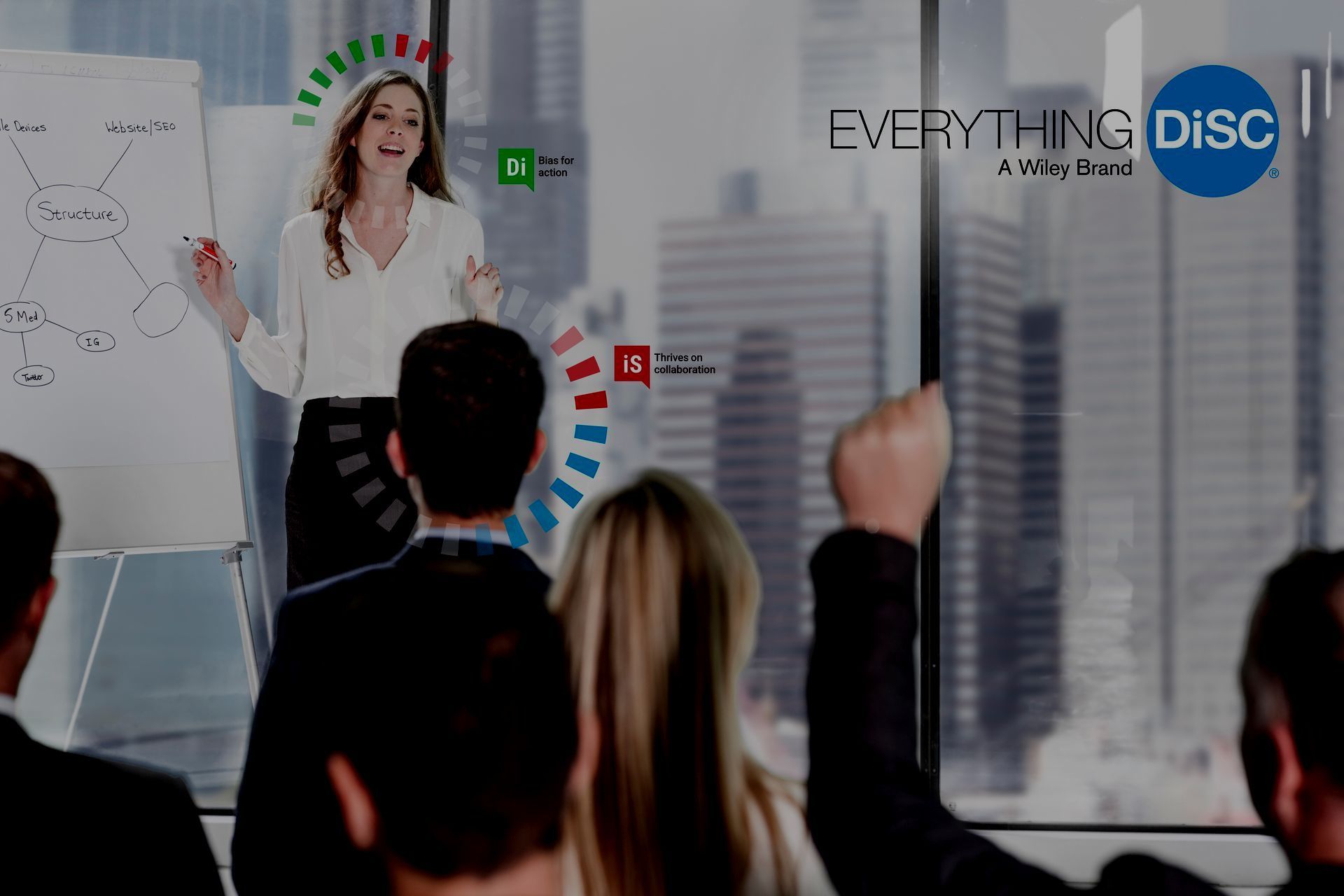By: Melissa Barlock
Advantages of living in the rural countryside

Last time I discussed the advantages of living in a big city. This week we’ll see how the grass looks on the other side of the fence. In many respects, rural living on the countryside is the polar opposite to urban living in the big city; that is, the disadvantages of urban living are remedied by the advantages of rural living and vice versa.
Exposure to nature
What comes to mind when you think of the countryside? Perhaps you have visions of grassy plains, fields of flowers, lush valleys, tall trees, majestic mountains, babbling brooks, serene lakes, clear blue skies, and abundant wildlife. Oh, and remember stars? Maybe you hear birds and crickets chirping, bees buzzing, or calming quietness as you breathe in the crisp autumn air or bathe in the sunshine on a warm summer’s day. You feel relaxed, at peace, tranquil. Whatever your calling, most, if not all of us, are instinctively drawn to nature in some way. This makes sense when you consider that animals have been around for approximately 800 million years, our more direct ancestors for about 6 million years, and modern humans evolved about 200 thousand years ago. The industrial revolution, with which came urbanization, only started about just over 2 hundred years ago; it’s no wonder we yearn to return to our grass roots . Most people live in the city and make weekend escapes to nature. Dental professionals can work almost anywhere: why not live in nature and make weekend escapes to the city!?
Health and quality of life
Due to rapid urbanization, it should come as no surprise that a modern lifestyles brings with it a host of health ailments, with “cities becoming epicenters for chronic, non-communicable physical and mental health conditions” (1). Concurrently, there has been a growing interest in the scientific community on the relationship between exposure to natural environments and health and well-being. One such study by Keniger et al. (2) reviewed and compiled evidence from 57 relevant papers on the benefits of interacting with nature, taking a broadly qualitative approach. Though the exact mechanisms remain unclear, they uncovered an enormous range of potential benefits to health including physical, psychological, cognitive, social, and spiritual (2).
- Psychological well-being: benefits included increases in self-esteem, mood, psychological well-being, and behaviour, and reductions in anger/frustration, and anxiety.
- Cognitive: benefits included attentional restoration, reduced mental fatigue, improved academic performance, more education/learning opportunities, improved ability to perform tasks, improved cognitive function in children, and improved productivity.
- Physiological: benefits included stress reduction, reduced blood pressure, reduced cortisol levels, reduced headaches, reduced mortality rates from circulatory disease, faster healing, addiction recovery, perceived health/well-being, reduced cardiovascular and respiratory disease and long-term illness, and reduced occurrence of illness.
- Social: benefits included facilitated social interaction, social empowerment, reduced crime rates, reduced violence, enablement of interracial interaction, social cohesion, and social support.
- Spiritual: benefits included increased inspiration, and increased spiritual well-being.
Happier
Although health and well-being in particular are proxies for happiness, other studies looked at the relationship between nature and happiness as a construct specifically. For example, Capaldi, Dopko, and Zelenski (5) conducted a meta-analysis of the relationship between nature connectedness and happiness and found that “Those who are more connected to nature tended to experience more positive affect, vitality, and life satisfaction compared to those less connected to nature,” and concluded that “being connected to nature and feeling happy are, in fact, connected (5).”
Greater sense of community
Although there are many more people in the city, paradoxically many people feel disconnected and isolated from the larger community: you could go for years without ever getting to know your neighbour in the apartment next to you, for example. In rural areas, however, everyone seems to know everybody else, and there tends to be a greater feeling of belongingness and social support within the community. Your neighbours become your friends and your friends become your family.
Less Crime
Although not nonexistent, crime, and fear of crime, is less prevalent in rural areas. The main reason is due to a smaller population density; when population size is taken into account, rates may be similar or even higher in rural areas, though the types of crime may be less serious. Crime differs by location, so peruse statistics and other sources for more information.
Less pollution
Air, noise, litter, and light are just some of the forms of pollution (pollutants) that plague the city more so than the countryside. Air pollution is linked to a number of chronic respiratory (lung) and cardiac (heart) diseases. Water is more likely to be polluted in the city, but due to superior treatment facilities drinking water may actually be safer. Visual pollution in the city substituted with scenes of nature is likely one causal explanation for some of the aforementioned health benefits of exposure to nature.
Easy access to locally grown food
Living in the countryside you can grow your own crops, or head to a nearby farmer’s market to support the local community and acquire freshly grown produce. If you’re into organic fruits and vegetables they are also often easier, and cheaper, to find in rural areas.
Cost of living
Despite the many health benefits, let’s not overlook another main reason why people flee the city—it’s cheaper—sometimes much cheaper. In particular, mortgages, property taxes, and rent tend to be much cheaper in the countryside. However, that doesn’t necessarily mean you’ll enjoy a higher standard of living. Depending on your occupation, you may be able to earn much more in the city and overcompensate for the higher cost of living. You may work many more hours, too. On the other hand, you may be able to earn a comparable salary in a rural area while avoiding the additional living expenses. Some dental practice owners, for example, enjoy being the “town dentist” with virtually no competition and little overhead. In addition, they are usually appreciated and respected within the community, set their own hours, and have more disposable income and time to spend with family and friends. We also can’t ignore the other factors discussed in this, and the last, article.
Overall, the choice is yours, but keep in mind that standard of living (material well-being) and quality of life (health and happiness), though they may have some correlation, are in fact different measures and are often confused.
Can’t make up your mind? If you can’t seem to settle on the city or the country because they’re both so enticing, then living in the suburbs may be right for you—be within a drive’s distance of the city and enjoy some of the many advantages of rural living, including being closer to nature.
References
- Shanahan DF, Bush R, Gaston KJ, Lin BB, Dean J, Barber E, Fuller RA. Health benefits from nature experiences depend on dose. Scientific reports. 2016 Jun 23;6(1):1-0.
- Keniger LE, Gaston KJ, Irvine KN, Fuller RA. What are the benefits of interacting with nature?. International journal of environmental research and public health. 2013 Mar;10(3):913-35.
- White MP, Alcock I, Grellier J, Wheeler BW, Hartig T, Warber SL, Bone A, Depledge MH, Fleming LE. Spending at least 120 minutes a week in nature is associated with good health and wellbeing. Scientific reports. 2019 Jun 13;9(1):1-1.
- Chawla L. Benefits of nature contact for children. Journal of planning literature. 2015 Nov;30(4):433-52.
- Capaldi CA, Dopko RL, Zelenski JM. The relationship between nature connectedness and happiness: a meta-analysis. Frontiers in psychology. 2014 Sep 8;5:976.
Enspire Dental Opportunities is looking forward to working with you.












